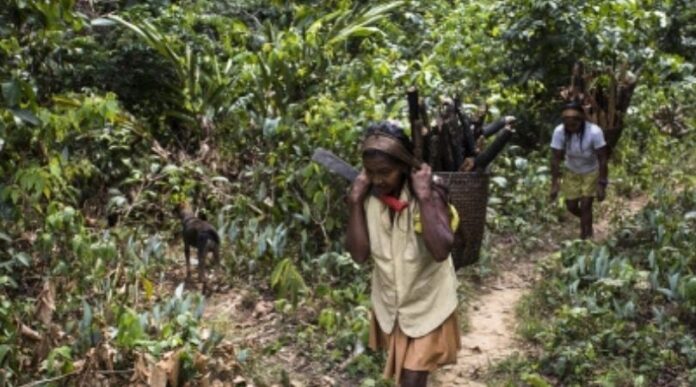By Our Editor
August 9 has been chosen by the United Nations Organization(UNO) to be observed as International Day of the World’s Indigenous Peoples. Words like indigenous, tribal and primitive in general carry same meaning but terms like adivasi, girijan, vanuajati, and so forth are of recent origin not appreciated or accepted by people concerned. The so-called tribals of India are the indigenous people of the land who have long settled in different parts of the Indian sub-continent much before the Aryan-speaking people penetrated and settled in large parts of the country along the plains and river valleys. As their number increased they pushed the indigenous tribes farther and farther into the deep forest regions and hills and large mountain slopes. There they lay in isolation, deprived of all welfare and developmental activities for thousands of years. Anthropologists described the indigenous people as follows: (i) tribal origin; (ii) primitive way of life; (iii) habitation in remote and less accessible areas; and (iv) general backwardness in all respects. There are more than 400 tribal groups in India each distinct from the other in various aspects. Some anthropologists state that Scheduled Tribes are the real sons of the Indian soil.
After independence the administrator found a Herculean task in identifying tribes so that uniform policy could be evolved for uplifting their economic conditions and trying to develop them at par with rest of mainland India. Besides, each tribe however small it might be differ from others, even those in close affinity, due to geographical barriers and lack of social communication for too long period. Transitory process of evolution differed from each other and so it was difficult for planners to have standard and uniform policy. Even Constitution of India does not indicate any criterion for distinguishing a tribe or tribal community from other communities. In fact, the term tribe has never been defined in the Constitution but rather prescribes a method and an agency for designating them. President is empowered to specify tribes or tribal communities to be Scheduled Tribes after consultation with Governor of a State. To make matter easier President can and shall appoint special officer to look into affairs of Scheduled Tribes and their welfare who will then submit final report to Parliament. Hence office of Commissioner of Scheduled Tribes was established in 1950 who coordinate and report to the Centre. List of Scheduled Tribes was first notified in 1950 and revised in 1956 and also in subsequent years following reorganisation of states and tribes may belong to any religion.
For centuries tribals have been neglected and exploited and even treated as second class citizens of the country. During British colonialism foreign Christian missionaries ventured to live among tribals, educated them and treated them with respect and love. Those who did not want them to be educated and rise up did not cherish the idea that they too could be like them and hence blame missionaries. As a result the divide between tribals and mainstream Indians became wider alienating the tribals further. Misconceptions and misapprehensions were causes of conflict leading to insurrection and alienation. Tribals too demand recognition and respect from fellow Indians. Pandit Jawaharlal Nehru, first Prime Minister of free India, enunciated and advocated his Panchsheel policy for tribes one of which stated to avoid introducing too many outsiders into tribal territory.


